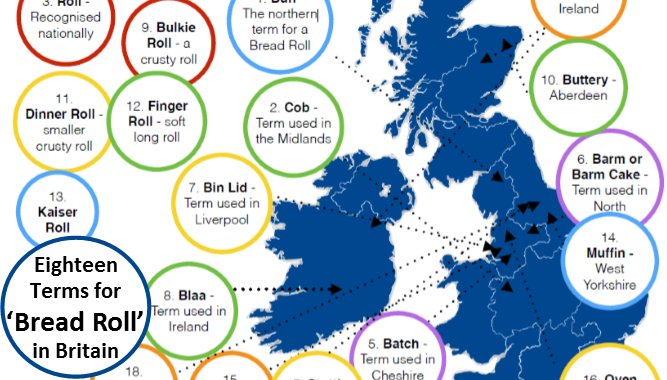You are what you eat
Some of the most famous translation mistakes from come from menu translations. Everybody has seen a funny menu translation. Often, they are easy to spot because they have been translated literally and visible to the general public. However, even experienced translators can make mistakes when translating menus. This is because food is intrinsically linked with culture. Even within the same country, dishes (and the names of the dishes) can vary greatly from region. In the United Kingdom for example, we cannot agree on the names for bread. In Spain it is common for different fishes to have different names according the part of the country you are in. Things get even more difficult when you take Latin America or other English-speaking countries into consideration.
![]()
If even in the same we cannot always agree upon and understand these specific terms for food, how can we translate these words into another language?
With increasing globalisation, more people travelling and trying new foods some terms have become recognisable in English that is it now unnecessary for it to be translated. For example, chorizo or paella are well recognised and the words have been adopted into English usage. However, a dish such as Ajoblanco that is typical of Malaga has no equivalent in English. How should it be translated? White garlic? This literal translation of the dishes name gives an English reader no indication of what the dish is and it is highly unlikely that they already know. Therefore, with a translation like this they may as well not have bothered translating the menu at all. Another option is the explanatory method “Ajoblanco – A cold soup made from crushed almonds, bread, garlic and oil”. This method describes the dish and allows the reader to understand what the dish contains, but also retains the Spanish name of the dish so that they could order it elsewhere if they enjoyed it.

Translators also face these problems when translating anything related to food. This includes recipe books, food blogs etc. It is also not restricted to just the dishes; there are often ingredients and equipment that do not exist in the target language/culture.
Finally, it is a problem that is occurring more and more often since the we are travelling more and are more interested in other countries and cultures than ever before, but who knows, maybe in the future, as we understand other culture´s cuisine better it will become less of a problem!
¡Buen provecho!

